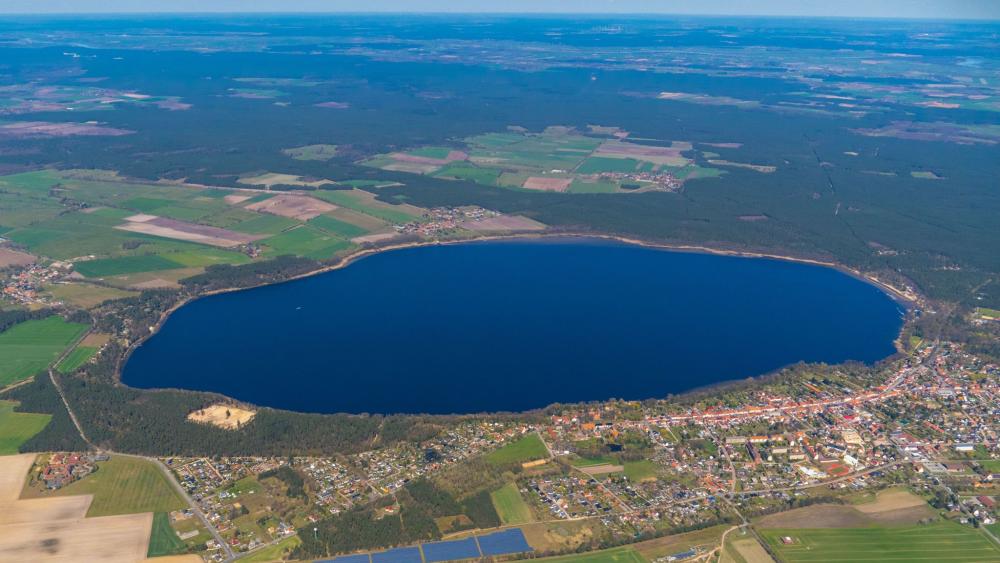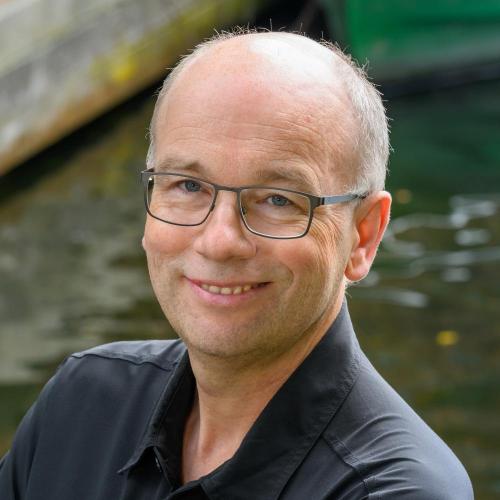
Lake Arendsee from above. | Photo credit: © Aufwind-Luftbilder, Stock-Fotografie-ID:1317395079
"The negative effects of over-fertilisation, such as algae blooms and fish kills, can only be reduced by greatly lowering the phosphorus concentration. For decades, the values have been four to five times higher than the values that would correspond to the natural state of this lake," emphasises IGB scientist and co-author Prof. Michael Hupfer, who has been researching Lake Arendsee for 30 years. The situation is also expected to worsen as a result of climate change: "Since 1980, the summer stratification period in Lake Arendsee has already been extended by more than 30 days. The oxygen situation in the deep water will become even more critical due to extended stratification periods in summer." As climate change can no longer be stopped, but only mitigated and adaptation measures can be taken, reducing the nutrient concentration is the only realistic option.
Remediation and restoration of the lake necessary
In lake therapy, a fundamental distinction can be made between remediation and restoration measures. Remediation measures are external measures that address the causes of high phosphorus pollution and reduce or eliminate them. Restoration measures, on the other hand, address the symptoms but do not eliminate the causes of the high phosphorus concentrations. Restoration measures are carried out in the lake (internal measures) and are often aimed at reducing the phosphorus concentration in the lake.
"From a research perspective, a combination of restoration and remediation is necessary in order to achieve both a rapid and a long-term, sustainable effect and solution," explains Dr Jörg Lewandowski, IGB researcher and co-author of the new IGB Dossier. This would also create the conditions for achieving the legally binding objectives of the European Water Framework Directive and the Habitats Directive.
Policy-makers and authorities must now decide on the next steps
According to the IGB researchers, a first recommended step would be to use a precipitant that is suitable in terms of freshwater ecology, which would bind the phosphorus from the open water and allow it to sink into the deep water. It would then no longer be available to the microalgae for its problematic mass growth.
"As researchers, we can provide advice based on our scientific expertise. But whether, when and which specific measures are ultimately selected for the lake is a political and official decision of the federal state of Saxony-Anhalt," emphasises Michael Hupfer in conclusion.
***
The IGB Dossier is available in German and can be downloaded below this text.







